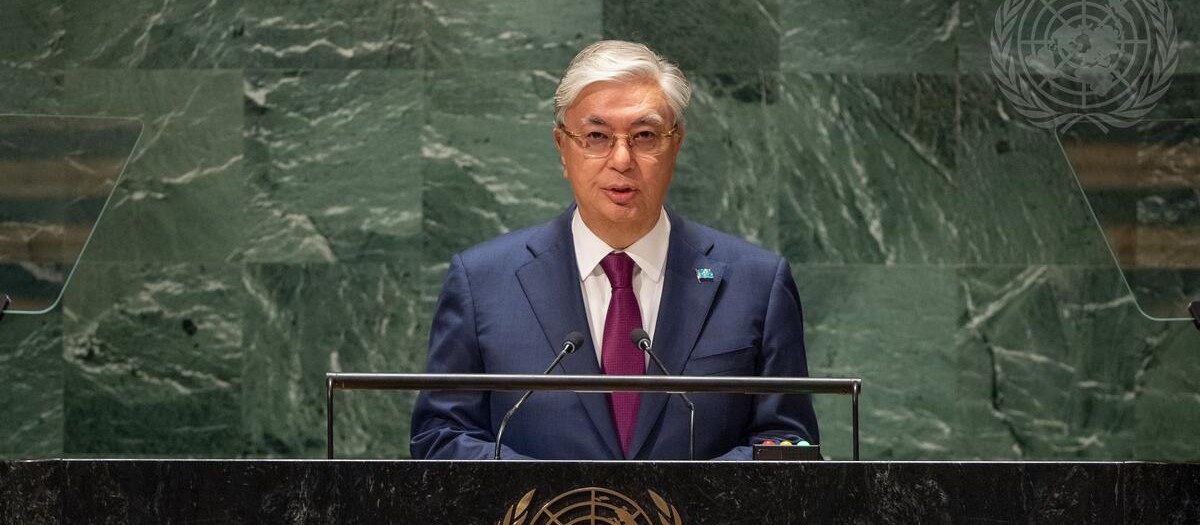Nurseit Niyazbekov, PhD, KIMEP University, Kazakhstan
The invasion of Ukraine by Russia in 2022 marked a significant global political development, shining a spotlight on post-communist Eurasia. While this region rarely captured global news attention before, policymakers and scholars increasingly recognize Central Asia’s pivotal role in global affairs, recalling Brzezinski’s ‘The Grand Chessboard’ thesis. Analysts often focused on the impact of the war in Ukraine on Kazakhstan, Astana’s relations with Russia and the West, and foreign policy options available to Kazakhstan in the current geopolitical realities. While these are important matters, a comprehensive understanding of Kazakhstan’s foreign policy requires a deep dive into the corridors of the government’s decision-making. This paper sheds light on how foreign policy is formulated in Kazakhstan, focusing on key “influence groups” and the role of civil society and public opinion.
Soviet legacy: the centralized decision-making
The totalitarian nature of the Soviet regime, characterized by Kremlin-based central planning, a coercive apparatus, and top-down decision-making, significantly influenced the institutional designs of Central Asian states. Individual Soviet republics lacked the authority and capability to engage in independent policy-making across various public domains, with foreign policy falling under the purview of Moscow’s nomenklatura.
Following the dissolution of the Soviet Union, Central Asian leaders faced the challenge of building new states and establishing diplomatic relations with foreign countries. While they lacked the qualifications and experience for these tasks, they inherited from the Soviet era an authoritarian style of decision-making and management. This style extended to areas ranging from the recruitment of civil servants to the handling of government critics.
In line with the authoritarian context, Kazakh President Nursultan Nazarbayev held exclusive rights and responsibilities for formulating and implementing foreign policy. Similar to past Soviet leaders, Nazarbayev alone determined Kazakhstan’s international alliances, with his rulings receiving legitimization from the “rubber stamp” parliament. Kazakhstan’s constitution and legislation, reflecting a super-presidential and consolidated authoritarian regime, vested Nazarbayev with such powers.
Given the absence of a civil society in the Soviet Union, public opinion on foreign policy was often disregarded. Nazarbayev followed the decision-making pattern of Soviet leaders and did not find it necessary to consult the public on foreign policy matters. In fact, he was frequently quoted as saying that traditionally, Kazakhs entrusted the rights and responsibilities for their clan’s well-being to the tribe’s ‘aksakals’ or elders.
Furthermore, in the early years of Kazakhstan’s independence, when the country faced significant socio-economic and political crises, Nazarbayev frequently emphasized the importance of drawing lessons from the experiences of Asian tigers such as South Korea, Singapore, and Taiwan. These nations had achieved success through strong presidential leadership and central planning.
Influence groups: kinship, clans, and patronage networks
While the country’s president holds the central authority in shaping foreign policy, there exist two significant circles of influence on this policy. The first circle encompasses actors with informal status and influence. In 1991, when Kazakhstan… [download to read the full paper]
Download the paper
